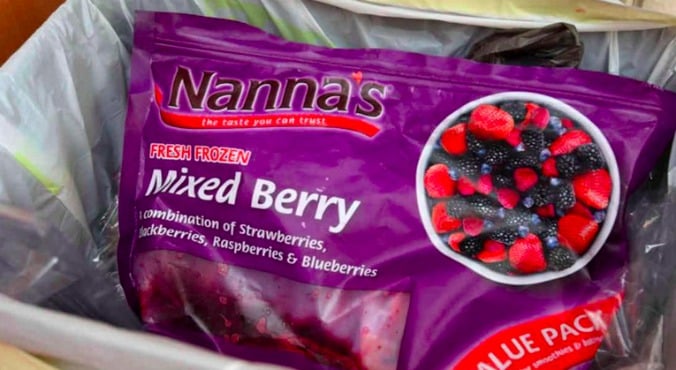
Image: via Sky News Twitter
By MARTYN KIRK, Australian National University
Food distributor Patties Foods has recalled two brands of frozen mixed berries — Nanna’s and Creative Gourmet — due to reports of three people in Victoria, four in Queensland and two in New South Wales developing hepatitis A after eating the products. The cause of a fourth Queensland case is still in doubt.
Initially, only one-kilogram bags of Nanna’s mixed berries were recalled, but that has now been extended to 300-gram and 500-gram bags of Creative Gourmet mixed berries. The berries came from Chile and China.
Authorities are warning people against eating one-kilogram packets of Nanna’s mixed berries with best-before dates until and including November 22, 2016. For Creative Gourmet, the date ranges are up to and including December 10, 2017 for 300-gram packets and October 6, 2017 for 500-gram packets.
Only product lines that show sufficient evidence of risk to consumers are recalled in outbreaks such as this one. It’s common, though, for the lines affected to change as more information comes to light.
Hepatitis A
The berries are linked with an outbreak of hepatitis A, a viral infection of the liver. Symptoms include fever, nausea, abdominal discomfort, diarrhoea, dark urine and jaundice (yellow skin and eyes). The illness can be quite severe, particularly in people who are already unwell.
Most people recover within several weeks and young children often show mild or no symptoms. But the serious cases result in hospitalisation and liver failure.
What it feels like have Hepatitis A.
Infection is acquired when people ingest the virus, which is excreted in an infected person’s faeces. Infection can result from close contact with an infected person, eating contaminated food or drinking contaminated water. Symptoms appear between 15 and 50 days after exposure to the virus, which makes it difficult to identify possible sources.
